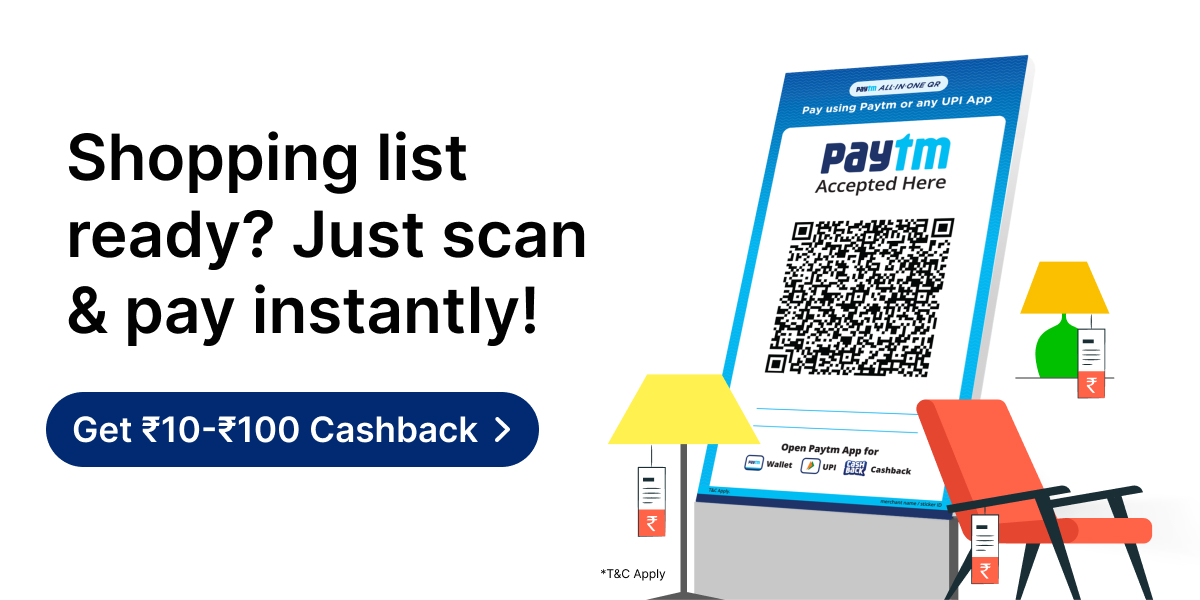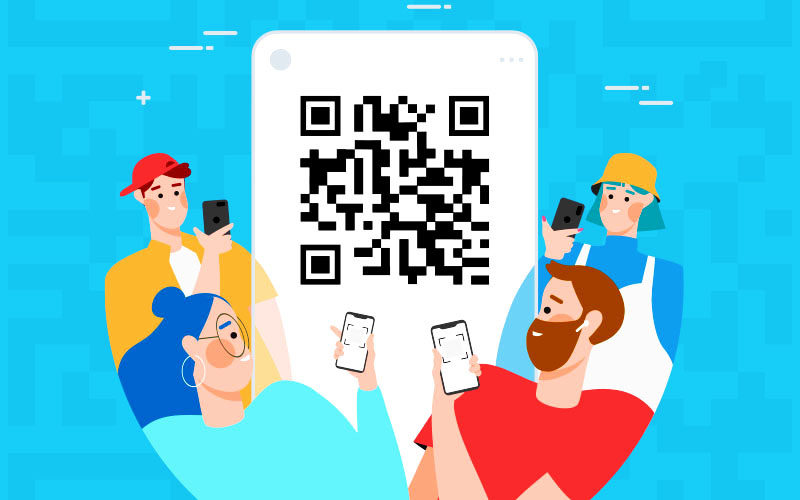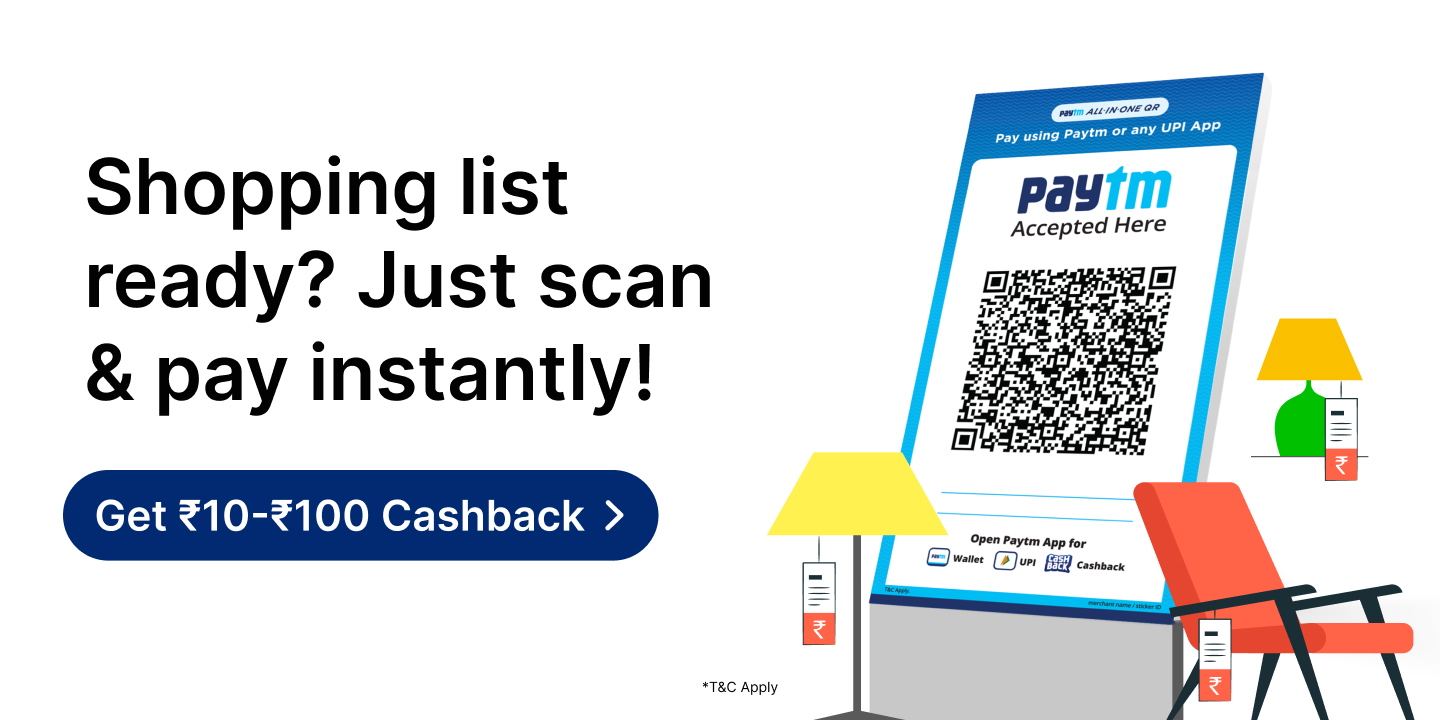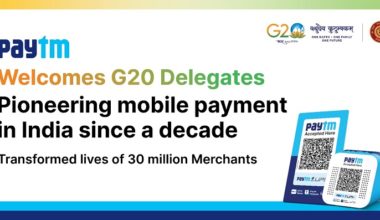QR codes have simplified our lives. All a user has to do is scan the QR code provided by the merchant, enter the amount, select the preferred mode of payment, and complete the transaction. Furthermore, a user can send money to another person simply by scanning the QR code provided by the recipient.
This blog will explain what a QR code is, as well as its different types and advantages.
What Is a QR Code?
The QR code (Quick Response) is a type of matrix barcode that is used to make payments to various merchants and owners. To complete transactions, smartphone cameras or QR scanners can be used to read a QR code.
- A QR code allows you to complete transactions in seconds
- QR codes are created using standardized encoding modes such as byte/binary, numeric, and alphanumeric
- Merchants and individuals can share QR codes to receive money online
- Users with smartphones and a digital payment app installed, such as Paytm, can scan any QR code and make online payments
- QR codes are a digital payment method that can only be used for digital transactions
- Paytm’s QR scanner can also read third-party QR codes, eliminating the need to open a separate application or QR scanner to read the QR code
What Are The Types Of QR Codes?
QR codes are classified into two types, each with its own set of uses. Let’s take a look at the types:
Static QR Codes
Static QR codes are fixed QR codes that contain information that does not change. These codes typically encode a specific set of data, such as a website URL, contact details, or a pre-defined message. Once generated, the information within the static QR code cannot be modified.
Example of a static QR code: A restaurant may use a static QR code on their menu to provide a direct link to their website. Customers can scan the code using a QR code reader app on their mobile device, which will then open the restaurant’s website in their web browser.
Dynamic QR Codes
Dynamic QR codes are QR codes that can be edited and updated with new information even after they have been created. This means that the encoded data can be modified and redirected to different content without changing the physical appearance of the QR code itself.
Example of a dynamic QR code: A company may use a dynamic QR code on their product packaging to provide customers with up-to-date information. They can update the code to redirect users to different landing pages, promotional offers, or even change the content based on the location or time of day.
What Are The Benefits Of QR Codes?
Other than being a quick payment mode, a QR code offers listed benefits too-
Quick Payments
- QR codes are used for the immediate payment process
- In contrast to debit cards and credit cards, which take time to complete transactions, a simple scan of the QR code can complete payment in seconds
- QR codes are easy to use and fast to complete payments
- It is simple to use; simply scan the QR code, enter the amount, and complete the transaction
High-End Security
- QR codes are secure because they do not require the user to enter all of their banking information
- QR code payments are encrypted, making the overall payment process secure and instant
- Unlike debit or credit cards, using a QR code eliminates the need to swipe the card or enter banking information
Reliability
- Because QR code payments are encrypted, the payment method is quite secure and packed with almost no room for error
- The barcode-based black box pattern contains unique data that improves the QR code payment reliability. Thus, be it merchant or the user, data theft or transaction-based theft gets nullified here
Easy To Use
- QR codes are simple to use because all that is required is to scan the QR code provided, enter the amount, and complete the transaction
- An instant update will be shared with the users regarding the same along with sharing the same amount of transaction information with the merchant too
Economical
- Purchasing a QR code scanner is cost-effective for merchants
- Paytm soundbox is another tool that allows merchants to confirm transactions without having to look at their phones
- Paytm officials can provide merchants, sellers, or anyone else who wants to use a Paytm scanner or Paytm soundbox with one
No Infrastructure Required
- Merchants do not need a high-tech infrastructure to install a Paytm QR code or Paytm soundbox
- The Paytm QR code can be hung, stuck, or pasted by merchants, whereas the Paytm soundbox can be placed on a table or any surface






